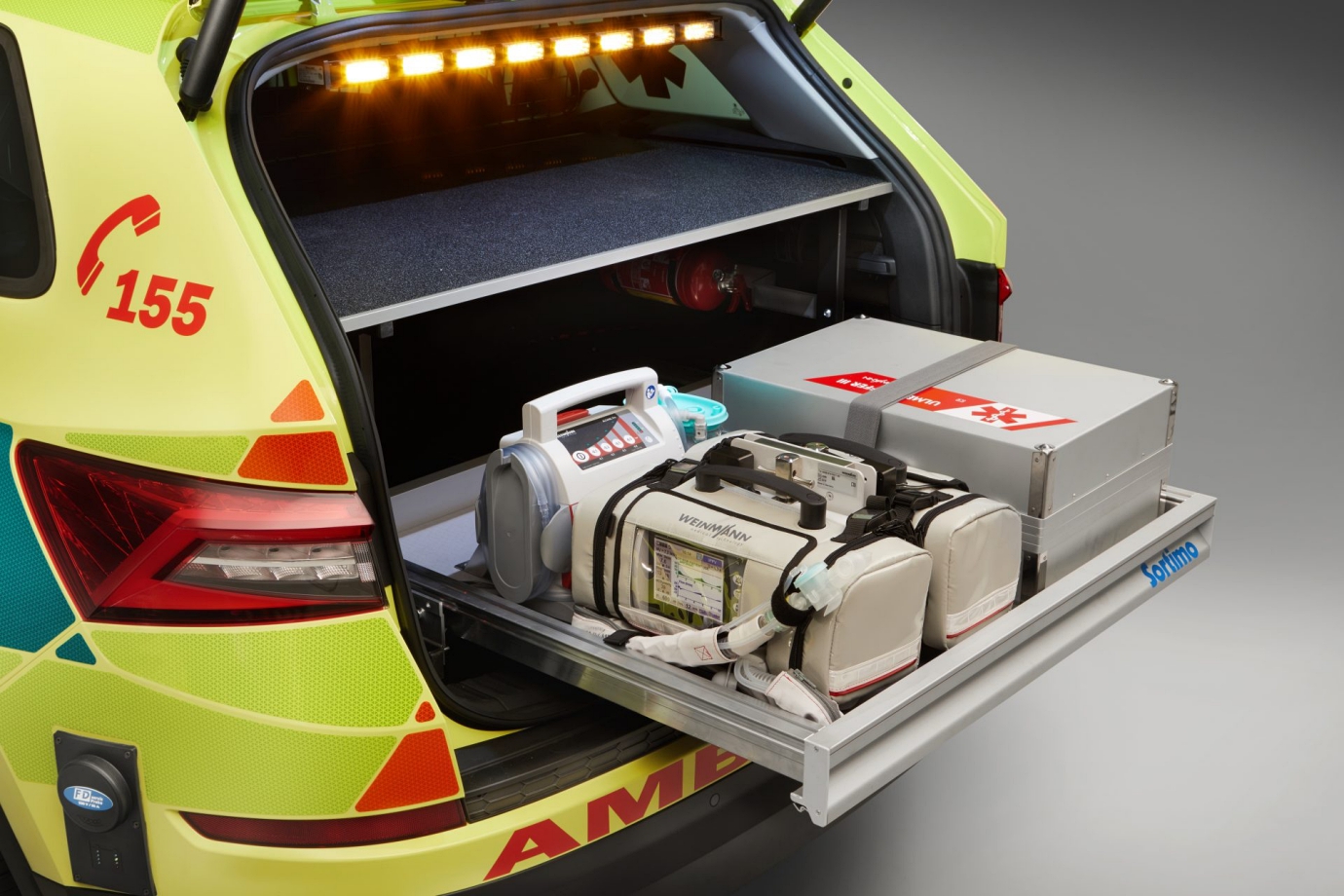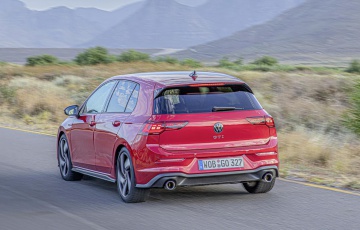The Rescuers : A Brief History of Skoda Emergency Service Vehicles

We’re living amidst a major global pandemic, and emergency services are being put at the forefront as they battle the COVID-19 virus that has engulfed the world.
For the brave men and women who are fighting this deadly disease, it is important that they have the right tools that they can depend on to carry out their noble work.
An often overlooked part of the emergency services chain is vehicles. From ambulances to police cars, they play a vital role in helping these frontline heroes do their jobs.
Skoda has had a storied relationship with frontline emergency rescue teams, and have been building emergency vehicles for 110 years.
Today they are one of the largest providers of emergency vehicles in Europe. We take a look at Skoda’s history with the emergency services, and how the relationship continues to this day.





Right From The Start
Skoda was founded in 1895 by Václav Laurin and Václav Klement, and the company, then named Laurin & Klement after the founders, started out by building motorised bicycles.
The first Laurin & Klement car, the Voiturette A, emerged in 1905, and it wasn’t long after that that a slightly modified and more powerful version was converted into use as a military ambulance.
It was a simple setup: essentially a bare open chassis that could be stacked with a couple of removable stretcher beds on top of it. The idea was to be able to transport wounded soldiers quickly and easily, and was quite an innovation at a time when the concept of the automobile was still at its infancy.
Laurin & Klement became Skoda in 1925, and by this time, ambulances and other emergency vehicles were typically built by independent coachbuilders over a regular vehicle chassis.
One such coachbuilder was Oldřich Uhlík, who were building wooden ambulances for the City of Prague’s health department, using a 1929 Skoda 125 utility vehicle. Other Skoda emergency vehicles of the era included a five-metre long Skoda 6R ambulance, and a Skoda 645 that had stretchers suspended on coil springs.
From the 1930s onwards, ambulances started to be based on regular road-going cars with stretched wheelbases, a formula that continues to be followed till this day. The Skoda 1202 of 1961 took the form of the ambulance that most are now familiar with, with its all-metal construction and large rear opening doors. Its successor, the 1203, was a very regular sight as an emergency vehicle on the roads of Czechoslovakia starting from 1973.






Adapting To Modern Day Needs
Today, the emergency vehicle of choice in the Czech Republic are the Skoda Yeti and Kodiaq. Specially modified by Skoda themselves, they come fitted with modern innovations, such as a pull-out tray in the boot to contain medical supplies, and an integrated power source, to better assist the emergency response teams that use these vehicles.
But it’s not just the Czech Republic where you can see Skoda emergency vehicles. They are also exported to other European countries, like Germany and the United Kingdom, and their popularity is attributed to their versatility and dependability, not to mention suitability for use thanks to the many years of expertise Skoda has had in building specialist vehicles for emergency rescue teams.
And in a world where emergency services are put in a spotlight during a truly challenging global medical crisis, it’s heartening to know that these heroes have an automotive partner in Skoda they can rely on to help them perform their duties with utmost reassurance.









